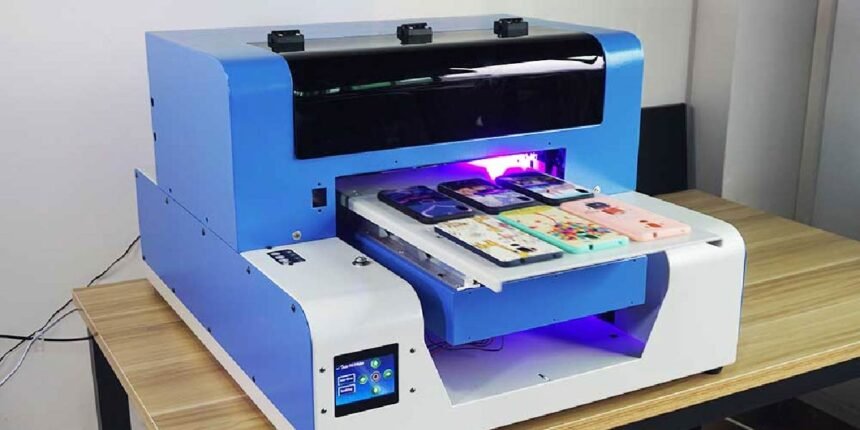For a business seeking a high quality versatile and efficient printing solution, UV printers are a revolution in modern printing technology. When it comes to UV printers, whether for small or large productions, knowing how to select the type of UV printer and differentiating brand performances will help to obtain the best results.UV printing cost is one of the first questions most business owners have. Of course, costs are relative to printer type, ink consumption, upkeep, and the materials you wish to print on. Looking at these costs early allows you to choose a direction that fits well with your business priorities and budget.
Why UV Printing Stands Out:
UV printers use ultraviolet light to cure the ink while printing, resulting in immediate drying and creating vibrant, long-lasting images on almost any medium. UV printing is in a league all its own in that it doesn’t have the limitations of other types of printing that can only go on rigid substrates such as wood, glass, acrylic or metal, and is also able to be printed on flexible substrates such as darn near any type of fabric or plastic.
This is why UV printing is the new printing go-to:
- Flexibility: Can be printed on nearly any surface.
- Speed: Rapid cure shortens production time.
- Longevity: UV prints do not fade or scratch easily.
- Green: Uses less energy and fewer volatile organic compounds (VOC’s).
Key Factors to Consider When Choosing a UV Printer:
The many UV printers in the market make it hard to know how to choose the best one. These are the key things you need to know to understand:
- Print Size and Volume:
Consider what your largest desired print size will be. For companies producing large signage or panels, flatbed UV printers feature a larger footprint and an ideal printing area. A small scale printer may be adequate for smaller items such as promotional products.
- Speed and Quality of Prints:
Output needs to be high resolution in order to display images and text in detail. But speed also matters when you are dealing with bulk orders. Strike a balance between the two according to your production needs.
- Compatibility of Materials:
Make sure to check if the printer can handle the materials you plan to use. Certain types of printers are better suited for rigid media, and others for flexible substrates.
4- Support and Maintenance:
Since a UV printer is a long term investment, consider things like maintenance ease, availability of spare parts, and aftersales support from the manufacturer.
UV Printer Brand Performance Comparison:
Brand Performance Comparison:
Here’s a comparison of some popular UV printer brands to help you evaluate their strengths:
| Brand | Key Features | Best For |
| LINKO | High resolution, stable performance, eco-friendly inks | Small businesses & startups |
| Roland | Versatile media support, robust build quality | Industrial and creative industries |
| Mimaki | Advanced color management, fast print speeds | Large-scale commercial printing |
| Epson | PrecisionCore technology for detailed printing | Graphics and promotional materials |
For small to medium enterprises, LINKO UV printers stand out for their balance between affordability and professional-grade quality.
Making the Right Choice:
But prior to any final selections, consider:
- How much do I produce on a daily basis? Monthly?
- What materials should I print on?
- Am I more concerned about speed than ultra-high resolution?
- Would I be able to afford continuous maintenance and ink costs?
You should be able to choose a UV printer to best suit your business by asking these questions and measuring brands against actual user reviews and specifications.
Final Thoughts:
Purchasing a UV printer is an investment that opens the door to grow your business and keeps you relevant within the market. The tried and true method of analyzing what contributes to UV printing costs and examining performance between the top brands will allow you to determine the machine that’s right for you.
For More Information Visit Fourmagazine







